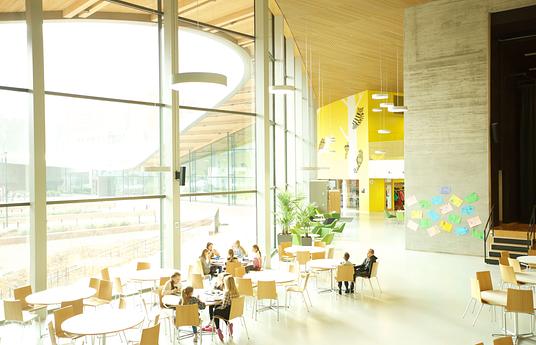Creating a new immersive product can be so exciting that you forget who you're creating it for. It's also easy to assume that everyone is as technologically literate as you are, when in fact a lot of people are coming to it new.
Don't fret, we've got you covered. Here's our top tips to keep in mind as you create your virtual or augmented reality products for education:
Make the user feel like they are there. AR and VR present new opportunities that previous technologies weren’t capable of – so make the most of it! Students need to feel part of the story, get rid of any unnecessary distractions, and think about engaging all five senses.
Create experiences, don’t just tell stories. You’ll need to create a non-linear narrative (the opposite to what storytellers usually do), where the user’s choices affect the story. Give the user control, they should be the boss, the pilot, the architect, the driver… so that they can interact with the environment and for the other characters to react and respond to their actions. Use traditional game mechanics, not flashy technology, to engage kids and create ‘sticky’ experiences (the kind you feel and find yourself immersed in).
Playfulness should be everywhere. Make the user interface fun rather than just functional – this isn’t a textbook you’re creating! Use playful visual and sound effects – sparkles, bouncing, explosions, bells... surprise the user by creating unexpected interactions. It’s a great way to connect with them and to produce joy!
Take students and teachers points of view into account. Above all, when thinking about developing something for education you should always keep the student (and the teacher) in mind. Education is often cash-strapped so only create something that is truly going to enhance the education industry because they don’t have time or money to waste! It should always make a teacher’s life that little bit easier and work to inspire and elevate students. Do your research on what educational professionals need and want, and make sure you always keep that reality in mind.




